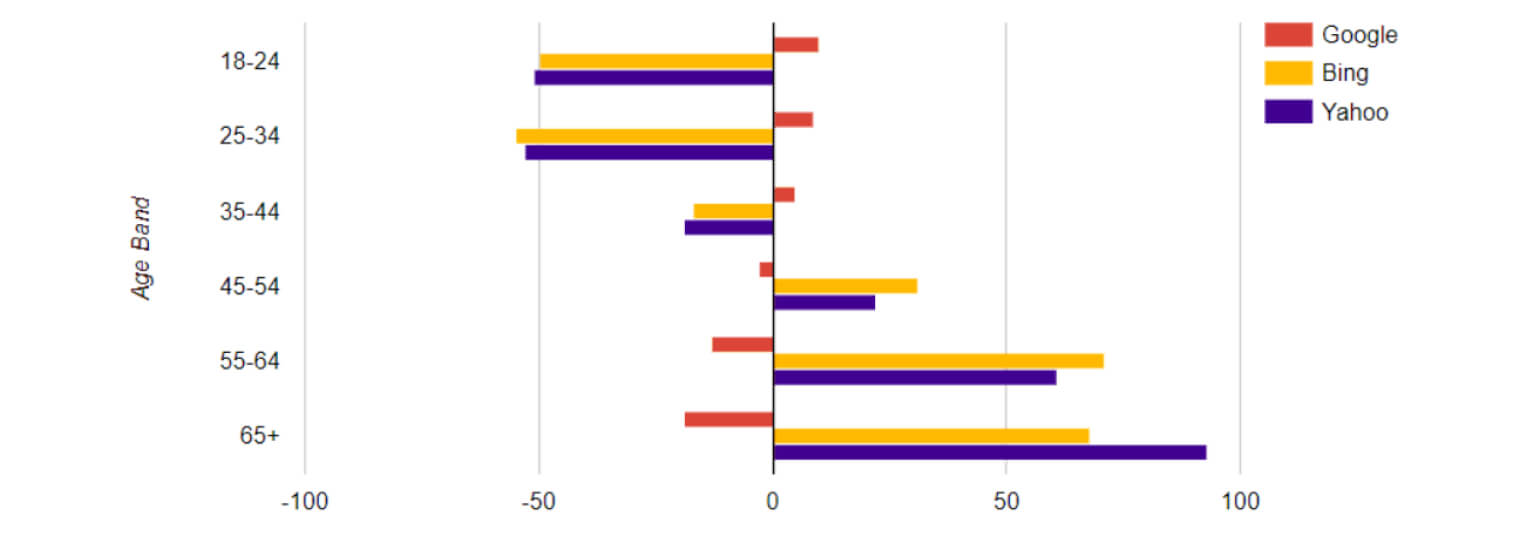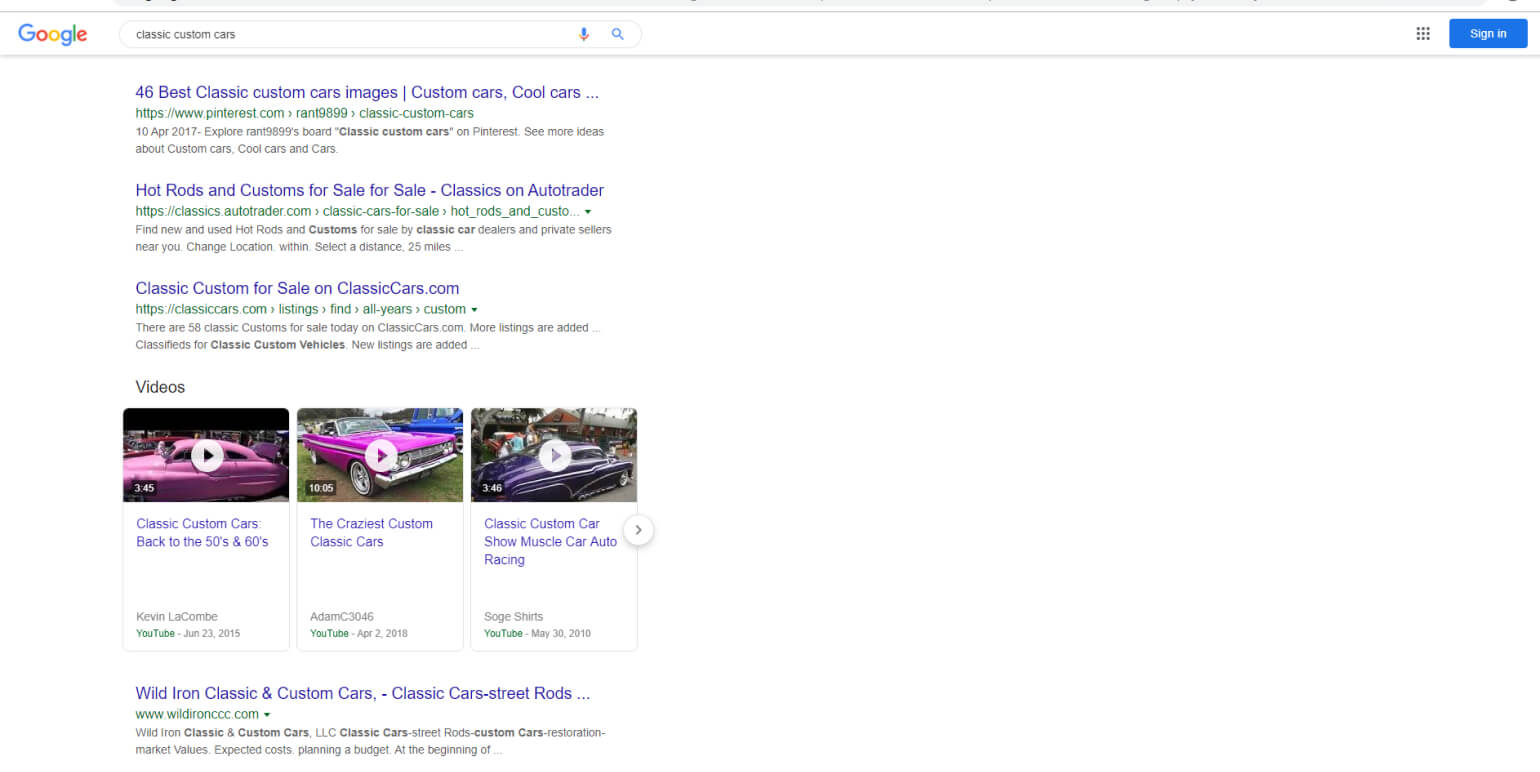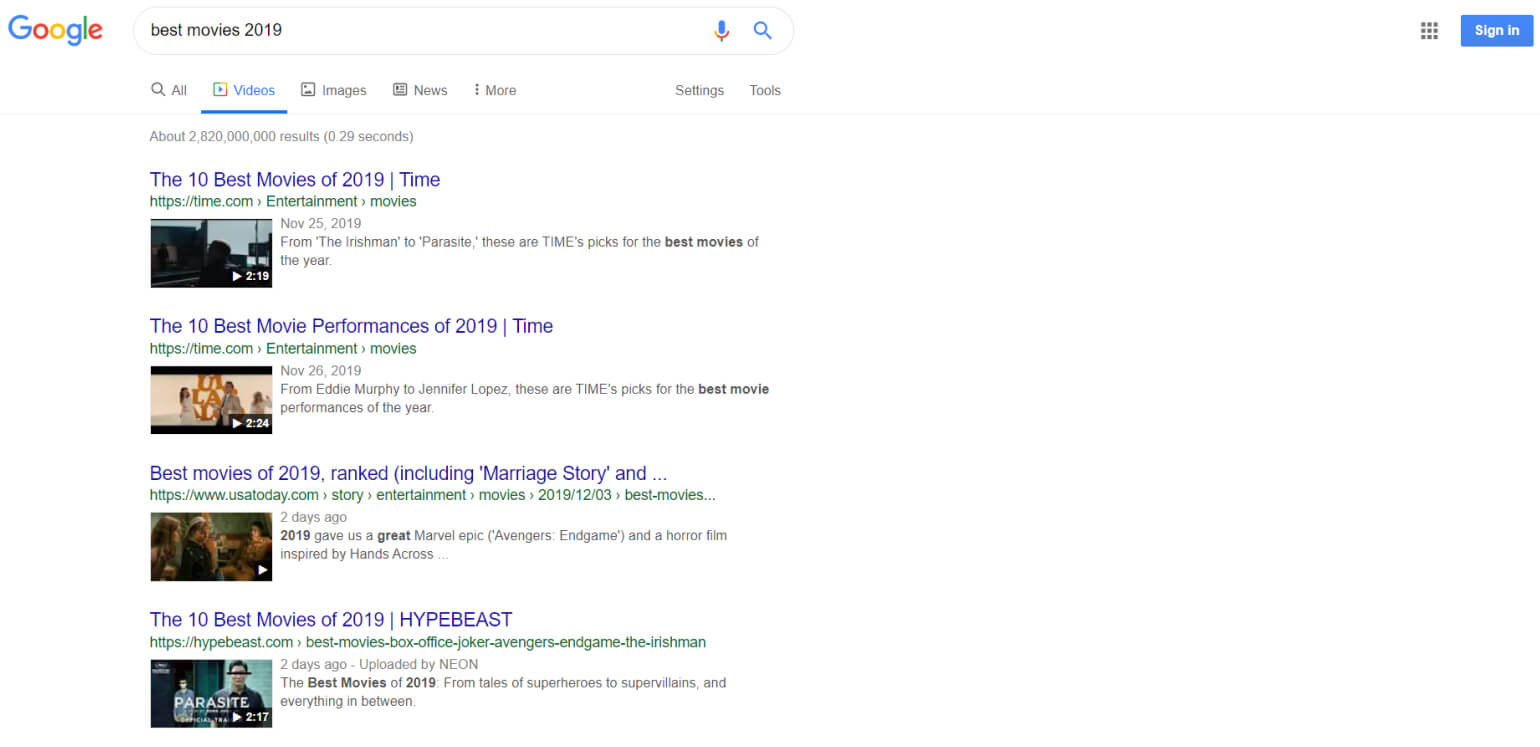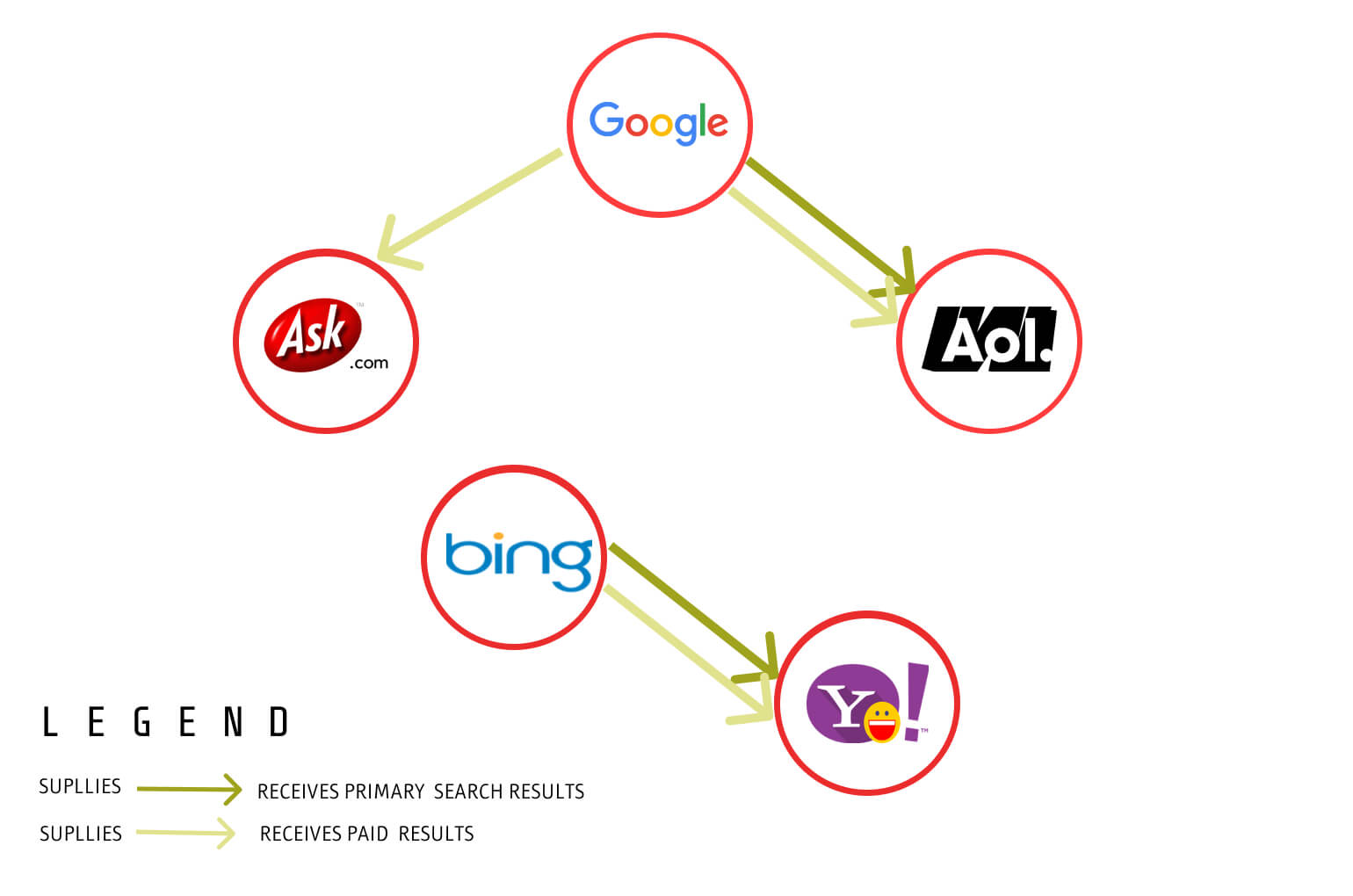Basic SEO Approach: How to Find Target Audience for Your Website
No matters how nice or professional your website looks like, it’s nothing if nobody knows your website exists. In other words, in spite of your investment in an excellent team of website designers, it would not bring any outcome if you’re not able to reach your audiences. Therefore, the catch is absolutely at finding it.
It’s critical for all marketers before any steps of dealing with your website that they need to find out the target audience at the beginning and place your site into their sight. How can people find out your site is the common question to all of us. As common, most of us look for anything through the search engine. Bruce Clay defined a search engine in his book as a web application designed to hunt for specific keywords and group them according to relevance. Some major engines such as Google and Bing were produced to directly bring your audiences to the website without any obstacles.
The following sections illustrate to you how to explore your target audience by providing you the tools to distinguish among types of users, supporting you on your way to sort out search engine, disclosing the crucial determinants for an outstanding site, giving you a deeper insight of how all search engines collaborate together. This is the fundamental step of the SEO approach that every marketer must know.
Tool to Distinguish Among Types of Users for Search Engines
Well, it’s undeniable for the boom of search engines in the digital transformation era. Everyone is using it with a significant amount. Thus, almost all the visitor traffic to websites comes from search engines. However, they’re not automatically brought to your site as desirable. You are asked to actively reach them conditionally, otherwise, there still is zero traffic no matters how extensive people are using this tool.
There always are available audiences there for you, the key thing is how do you reach them. Commonly, paying for ads would probably gain your business a slot to be in front of Internet users. Instead, search engine optimization (SEO) is the suggested tool to make your site pop up on the first page of results in the unpaid form (that is, organic). In order to get the most bang for your SEO buck, you need to know the demographics of your web visitors.
Study about your demographics
To know how best to promote yourself, it’s significant for the first step of examining who is looking for you. Identifying your audience by tracking in some of the metrics such as gender, age, income. Search engine users include slightly more male than female users across the board. In the major search engines, users aged anywhere between 18 and 44 were most likely to be using Google to search the web. Users aged between 45 and 64 were most likely to be found using Bing (with usage being most common among the 55-64 age group), while for users aged 65+, Yahoo! was the most popular search engine (according to a 2015 study by digital marketing consultancy Further).

The demographic distribution is related to the search query keywords and supports you to effectively target your desired market. The keyword must be described as the whole content of your site and also that is the term searcher might use to look for what your site provides. The search engine matches the user’s keywords with providers’ keywords when seeking the appropriate web page to show on SERP. In other words, the search engine goes to work combining its index for web pages about these keywords and gives back the results it thinks will best satisfy you.
As a web designer, when you want to gear your products toward a certain age, toward women more than men, or toward any other demographics, you can tailor your keywords according to the desired market. It should be matched with the right audience.
For example, there is someone search for the keyword “classic custom car”. In order to pop up in the SERP, your classic custom car website might mention convertible, open-air, top-down, roadster, drop top, or rag top which are all synonyms for a convertible, depending on which term is used by each target demographic. This is the essential element for your website to be ranked well among the target researchers.
People Use Search Engine on a Different Purpose
We’ve figured out that there is an extensive amount of people using search engines. Yet, we still haven’t known for what purpose they’re intending to search for. Are they doing research on how to restore a classic car? Are they looking for somewhere to buy a classic car? Or are they just killing time by watching videos related to classic cars? All of the questions above have the same answer which is yes. As its function, the search engine is there to search through over billions of websites out there to get the user to go to where they require regardless of which purpose.

Research
This is one of the most common and basic uses of the search engine. In general, people utilize search engines as a research tool to look for an answer, or at least data with which to make a decision. They’re looking for a site to fulfill their specific purpose. Enterprises would find the commonly visited websites by their clients through the search engine, likewise, they could explore out their competitors through it.
Thus, the search engine can easily be appealed to information-rich site and research-oriented sites rather than those shopping-oriented sites. That’s the reason why one of some marketing campaigns has come from content marketing which provides user free information on their website with the purpose of drawing customer’s attention.
- Tip for you:
With the benefits of research queries, it’s necessary to tailor your site’s content to the researcher’s interest. There are some recommendations for you to attract your customers such as providing in-depth how-to articles, product comparisons and reviews, and free information.
Shopping
Search engines also are widely used for the purpose of shopping. When the search process is over, search queries transfer to terms that reflect a buying mindset. Phrases such as “best price” and “free shipping” give a sign to the researcher for the demand for the purchase. Optimizing your web page to meet the needs of that type of visitor results in higher conversions (actions taken by users who meet a sales or business goal) for your site. As mentioned earlier, the global search engine such as Google tends to prior to the research-oriented site, so it’s crucial to balance your sales-oriented terms and research-oriented terms.
Entertainment
Besides the two reasons mentioned above, visiting a search engine also serves the purpose of entertaining. With the Internet, you can spend the whole night on relaxing because it’s addictive and vast. Search engine would be a start to find out ways for entertaining such as videos, movies, trailers, games and social networking sites. Basically, it’s also a type of search but search for entertainment purposes.

Youtube, which is owned by Google, is one of the high-listing sites in Google which is the video-sharing website allowing people to upload videos of themselves doing just about anything. These videos have a keyword-rich listing so that they can be easily found in the video researches, in addition to videos display in the regular web search result as well. Therefore, videos are also considered as a factor that contributes to the ranking opportunities.
Taking advantage of this platform, a number of companies have jumped on the bandwagon, creating their own channel and utilize it to promote their brands, unleash the official trailers for upcoming movies, or even your business can make videos that can be seen by searchers everywhere.
Explore the Essential Determinants for Getting a High Keyword Ranking for Your SEO Approach
Choosing the right keywords toward target customers is important, however, it’s more significant to get it ranked on the top pop up results or over those who use the same keyword as you. The following sections refer to the brief overview on how you can get a high-rank keyword. Understand the basics, or you can’t do targeted SEO.
Utilize an SEO-compliant site
In order to follow the search engine more accurately, a clear message should be conveyed from your site to the search engine. Having the SEO-compliant site eliminates out the middleman between the search engine and your website by following search engine guidelines and communicates apparently what it’s about and in the way a search engine can understand.
Optimizing your keyword ranking by including relevant keywords for your subject in the page titles, meta titles, description tag. However, don’t be stuffed with it. Moreover, ensure that your web pages contain searchable text and not just pretty Flash animations and images which search engine is limited to understand the non-text content. Last but not least, make sure that all internal content must be consistent and logic that allows both search engines and users to possibly understand what a site is about.
Avoid having a vague subject theme
It must be a clear subject theme to the site for high keyword ranking. Consider you’re selling kits to customize classic cars, keeping your website focus on the topic of classic car customization simplifies the site navigation for users as well as builds up your credibility and increases chances of ranking for related keywords queries.
Similarly, when you keep your website content organized with everything in its proper place, the search engine views your content with your clarity, understanding what you’re about which also improves credibility and a better chance to rank. It’s basically that a search engine breaks up a site into subjects that add up to an overall theme for easy categorization, and the more obvious your site theme is, the higher the results will be.
Don’t confuse users by changes, keep the website consistent
It’s required for a website to look consistent and feel over time without massive restructure at every update which means when you update your site, you should do it, in the same way, every time. It’s distracting to customers to have things continuously changing around. For the purpose of maintaining the efficiency of the search engine, related content is needed to be placed all in the same area.
- Bruce Clay provided a tip for improving this situation:
When you kept all your updating processes consistent, if something went wrong during your following update, you could pinpoint what had been wrong were without too much hassle because you updated things the same every time.
Be persistence for the long term
Be persistent with your site or throw all the efforts away. The Internet is an ever-changing entity, and if you’re not persistent enough to keep up, you might fall by the wayside. In the race with competitors, if you stop to take a rest, you probably stay behind them. Similarly, with the rapid growth and change of the Internet, website and competitors raise constantly, hence if your site is irrelevant to the market and behind the times, it’s probably behind your competitors.
For example, frames were used to build site in the early days of the web, yet it looks very outdated now. A few years ago, splash pages were very popular. Today, they’re discouraged due to the reason that search engines cannot typically see much of the content behind the Flash programming and therefore don’t know what the page is about. To solve this situation, web developers and designers are suggested to use code that is compatible with the search engine.
Understanding the Search Engines: They’re Interdependent
When people choose to use a search engine such as Google, Yahoo, Bing, Ask, or any of the others, they tend to think there are different services and expect to receive varying results. Though, it’s surprising that the results came out as the same which implies that under the surface, these seeming competitors are often actually collaborating together, at least on the data level. In fact, not every search engine tries to undertake such a daunting task itself. Instead, they share the wealth when it comes to indexed data, much like a community.

How do they collect all the data?
With the wonder of technology, the search engines have the capacity to keep track of everything and pop up results so quickly. Here is their working process:

Crawling: Firstly, it’s an automated process that continuously crawls the Internet which gathers web-page data into servers. As anything put in the search query, they pull the masses of raw data and repeatedly doing so.
Indexing: After the first step, search engines have to index the data to make it usable. It’s the process of collecting the raw data and transfer it into the category, cutting out duplicate information and typically structuring it all into an accessible form.
The algorithm: it means a complex and lengthy math equation (formula) that calculates a value for any given site in relation to a search term. It assesses various criteria about a web page and turns it into a ranking result to decide which listings to show and arrange in what order.
Conclusion
Overall, search engines are becoming easier if you understand their roots and what under their surface. Everyone can deal with search engines but the optimal results depending on their comprehensive knowledge and skills. As a result, it challenges all web designers to create a website that gets the attention of all the search engines to have the top-ranked keyword. These are the nuts and bolts of SEO.









